Uncategorized
EOR going beyond giving a second lease of life to Omani oil wells

Junaid: The Harweel miscible gas injection project came on stream in 2012 and by the end of 2013 production had risen to 30,000 barrels per day. It is in a highly sour environment. Generally, people don’t even look at sour let alone do an EOR in a sour domain. No wonder, the project won an ADIPEC Award last year. We originally earmarked an additional 160 million barrels of oil that could be produced through miscible gas EOR at Harweel (2AB), but now we are targeting a further 250 million barrels of oil that will be delivered by a new, $1 billion plus integrated project at Rabab-Harweel. This follow-up project, which is one-and-a-half times bigger than the existing Harweel (2AB) scheme, will see miscible gas injected into seven Harweel oil reservoirs. It will also involve recycling sour gas in the neighbouring Rabab field to develop condensate, which is a low density liquid hydrocarbon associated with natural gas. Production from the Rabab-Harweel EOR project is expected to begin in 2019.
How has the thermal EOR journey been at Amal?
Nasser: Amal is divided into two fields – Amal East and Amal West. Amal East has heavier oil compared to Amal West. We are injecting steam into the reservoir in Amal West to encourage the viscous oil to flow more freely. In Amal East we are currently doing Cyclic Steam Soak, where we inject and produce back from the same wells. The plan is to convert this to a steam flood at a later stage, once the pressure in the reservoir declined. The steam development in Amal is phased, with phase 1 currently under operation and phase 2 in design. Phase 1 is expected to deliver 30 per cent of the oil in place, and with phase 2 the recovery is expected to exceed 50 per cent. Steam is generated in Amal through recycled heat from the power generation process as well as conventional steam boilers that utilise fuel gas. But gas is a precious commodity in Oman, so as part of our ‘Energy Efficiency Strategy’ and our drive to reduce our carbon footprint, we sought alternatives to natural gas for generating the steam required for our thermal EOR projects – starting with solar steam.
Junaid: Along with our partner, GlassPoint Solar we implemented a unique pilot project for over three years to harness the sun’s energy to produce steam used in heavy oil production in Amal West. Now, we are moving ahead with a field development project called ‘Miraah’. Once completed, it will be one of the world’s largest solar plants which at its peak will be able to generate in excess of one gigawatt of solar thermal energy. The gas saved can be used by other industries. To give you the scale of the project, Miraah will be 100 times larger than the pilot project. Miraah will save 5.6 trillion British Thermal Units (BTUs) of natural gas each year. The project also won the ‘Best Oil and Gas Innovation or Technology (Surface)’ at ADIPEC 2015.
Apart from these field development projects, we believe you have over a dozen EOR pilots and concepts in various stages in the pipeline. So what’s the vision for EOR in the Field Development Centre?
Junaid: The Field Development Centre has a vision, inspired by PDO’s corporate vision. We have a very highly skilled technical community here. Even under the current low oil price environment, we are focusing on further building our capability. The Company’s board and management are very supportive to us and have emphasised on various occasions that ‘we (the Company) will stay the course’ while ensuring commerciality even under such challenging economic climate. That’s very encouraging for us.
Our collective talent is leveraged to enable production of 50,000 barrels of oil equivalent a day (on an average) over the next five years. Here, I’m talking about new oil only, excluding production from field development projects that have already been delivered. The number of EOR pilots and concepts keep changing. Some of them may mature into field development projects and some may not, depending on the findings and the Company’s priorities.
We are among the few companies in the world implementing such a diverse range of EOR projects. In the long term, that is beyond 10 years, PDO has to develop an additional 2 billion barrels and we have to ensure EOR enables the Company to achieve its goal by creating new opportunities and maximizing our reservoirs’ potential.
-

 News2 months ago
News2 months agoKitchenomiKs Secures Investment of US$3.2M Led by Jasoor Ventures
-
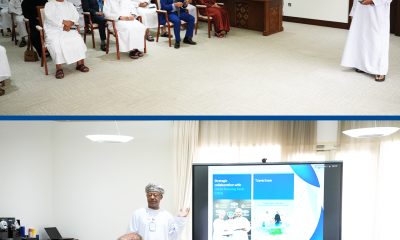
 Banking & Finance2 months ago
Banking & Finance2 months agoOman Arab Bank Highlights Its Ongoing Strategic Initiatives and Future Plans
-
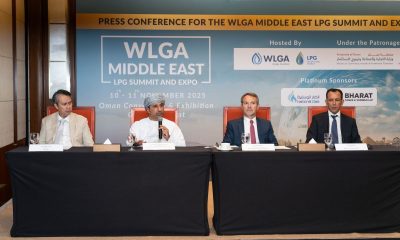
 Energy2 months ago
Energy2 months agoWLGA Middle East LPG Summit & Expo 2025 to be held at OCEC on November 10 and 11
-
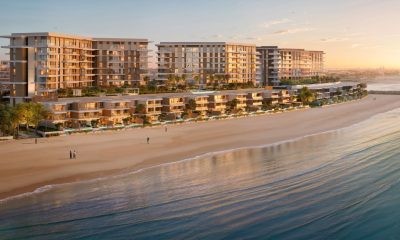
 Real Estate2 months ago
Real Estate2 months agoAl Mouj Muscat Unveils Azura Beach Residences Phase 2: A New Chapter in Waterfront Living
-
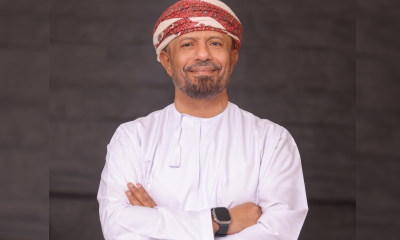
 Leaders Speak1 month ago
Leaders Speak1 month agoDhofar International Development and Investment Company: Driving Sustainable Growth and Strategic Synergies in Oman’s Investment Landscape
-
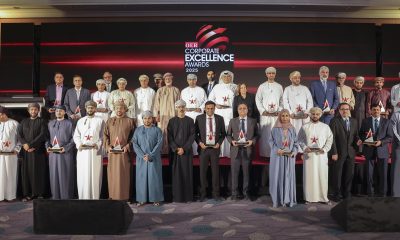
 Events1 month ago
Events1 month agoOER Corporate Excellence Awards 2025 Honours Entities and Innovations in Oman
-

 Economy1 month ago
Economy1 month agoMaal Card: What Oman’s New National Payment Card Means for Everyday Users
-
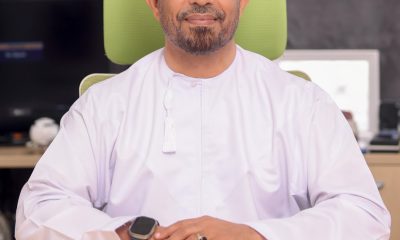
 OER Magazines2 months ago
OER Magazines2 months agoOER, October 25































You must be logged in to post a comment Login